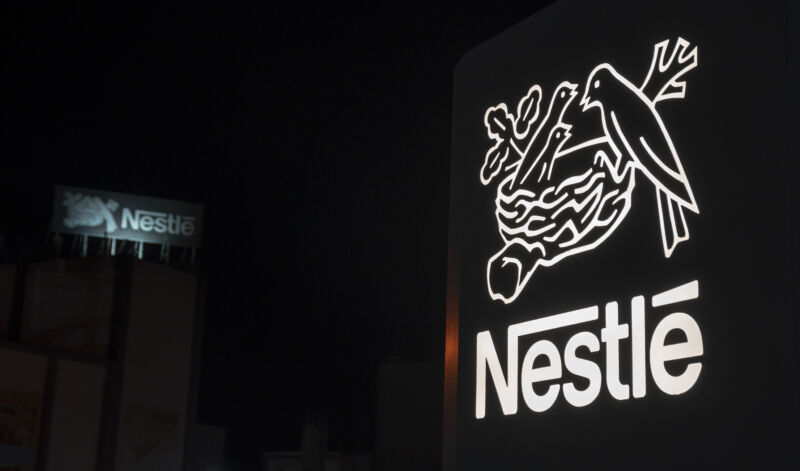
In high-income countries, Nestlé brand baby foods have no added sugars them, in line with recommendations from major health organizations around the world and consumer pressure. But in low- and middle-income countries, Nestlé adds sugar to those same baby products, sometimes at high levels, which could lead children to prefer sugary diets and unhealthy eating habits, according to an investigation released recently by nonprofit groups.
The investigation, conducted by Public Eye and the International Baby Food Action Network (IBFAN), says the addition of added sugars to baby foods in poorer countries, against expert recommendations, creates an “unjustifiable double standard.” The groups quote Rodrigo Vianna, an epidemiologist and professor at the Department of Nutrition of the Federal University of Paraíba in Brazil, who calls added sugars in baby foods “unnecessary and highly addictive.”
“Children get used to the sweet taste and start looking for more sugary foods, starting a negative cycle that increases the risk of nutrition-based disorders in adult life,” Vianna told the organizations for their investigation. “These include obesity and other chronic non-communicable diseases, such as diabetes or high blood-pressure.”
The two groups compared the nutritional content of Nestlé’s Cerelac and Nido products, the company’s best-selling baby food brands in low- and middle-income countries that generate sales of over $2.5 billion. In a Cerelac wheat cereal product, for instance, the product contained up to 6 grams of added sugar in countries including Thailand, Ethiopia, South Africa, Pakistan, India, and Bangladesh. In the United Kingdom and Germany, the same product contained zero added sugars.
The product with the highest sugar content was a Cerelac baby cereal product sold in the Philippines with 7.3 grams of sugar. While children under age 2 are recommended to have zero grams of added sugars in their diet, for reference, children aged 2 to 18 are recommended to have less than 25 grams (about six teaspoons) per day by the American Academy of Pediatrics.
In the Philippines, where the sugar content was the highest, and in other countries—including Nigeria, Senegal, Vietnam and Pakistan—the added sugar content was not listed on Nestlé’s labeling, the investigation found.
Double standard
“There is a double standard here that can’t be justified,” Nigel Rollins, a WHO scientist, told the nonprofit groups. Rollins pointed out that the company does not add sugars to its baby products in Switzerland, where the company is headquartered. Thus, continuing to add it in low-resource settings is “problematic both from a public health and ethical perspective,” he said.
In a report last month, the WHO found that as of 2022, 37 million children under the age of 5 worldwide had overweight. Additionally, over 390 million children ages 5 to 19 had overweight and 160 million had obesity. The prevalence of overweight in children 5 to 19 rose from 8 percent in 1990 to 20 percent in 2022, the United Nations agency noted. Obesity rates in this age group, meanwhile, rose from 2 percent to 8 percent in the same timespan.
Nestlé responded to the investigation with a statement suggesting that the differences in sugar content “depend on several factors, including regulations and availability of local ingredients, which can result in offerings with lower or no-added sugars.” But it argued that these differences do not “compromise the nutritional value of our products for infants and young children.”
Nestlé is a multinational food and drink behemoth with a controversial history of selling baby products in poorer countries. In the 1970s and ’80s, the company came under heavy international fire for aggressively marketing its baby formula to impoverished mothers. Health advocates accused Nestlé of misleading mothers into thinking formula is better than breast milk for their babies, even though leading health organizations recommend exclusive breastfeeding for the first six months of life when possible.
Critics accused Nestlé of providing free formula to hospital maternity wards, causing new, low-income mothers to turn to it shortly after birth in the critical window in which breast milk production would otherwise ramp up in response to nursing a newborn. Without nursing in that time, mothers can struggle to lactate and become dependent on formula. Out of the hospital, the powdered formula is no longer free and must be mixed in proper amounts and in sanitary conditions to ensure it is safe and meeting the nutritional needs of the infant, which can be a struggle for poor families.
Nestlé now states that it follows international standards for marketing breast-milk substitutes, despite ongoing boycotts in some countries.




















+ There are no comments
Add yours